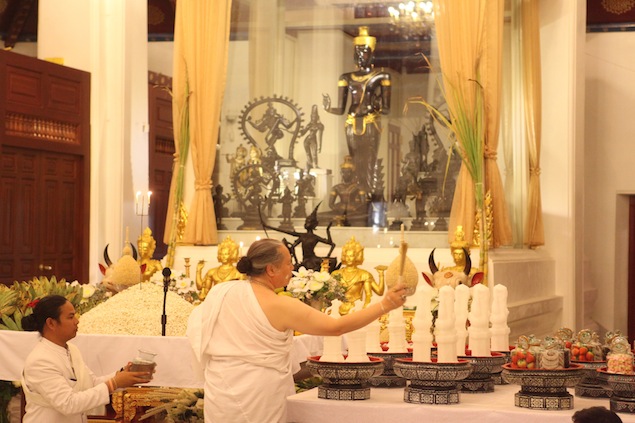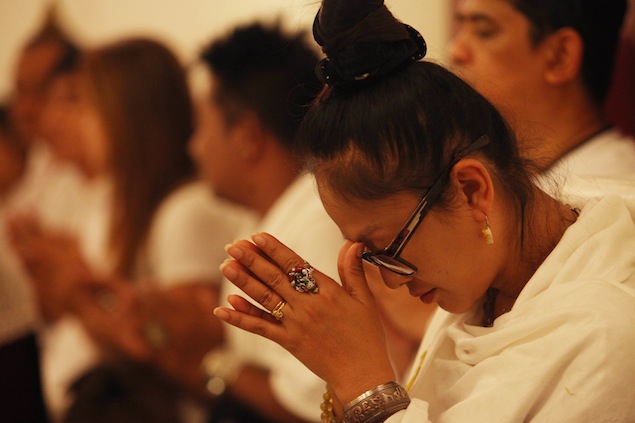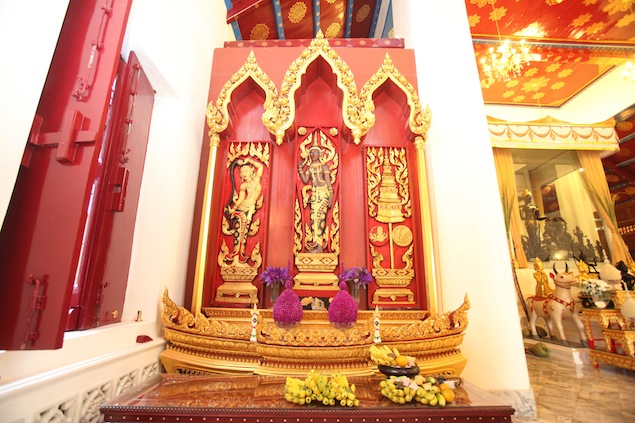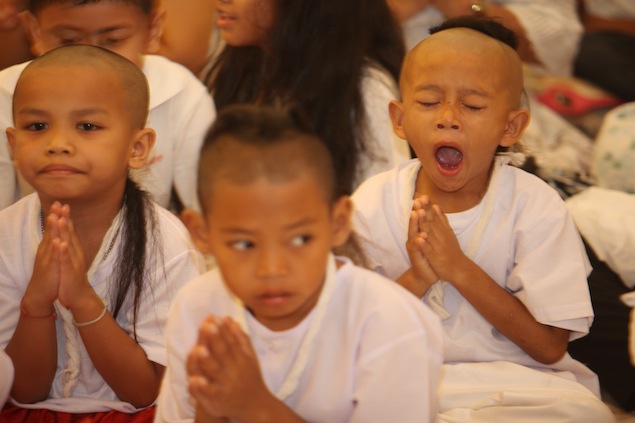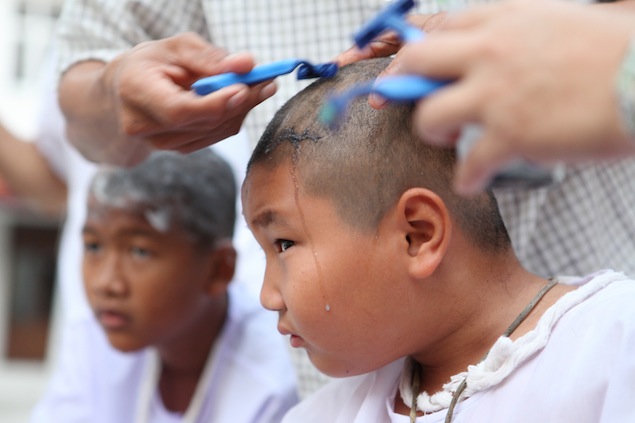Brahmin New Year in Bangkok
The ancient 10-day rite of Triyumpawai marks the Brahmin New Year, a time for devotees to worship Shiva who, according to Hindu myth, comes down to earth during the period. Triyumpawai is celebrated annually on the half moon night of the second month in the lunar calendar at the Devastan shrine near the Giant Swing in Phra Nakhon district. Photos by Panumas Sanguanwong.

